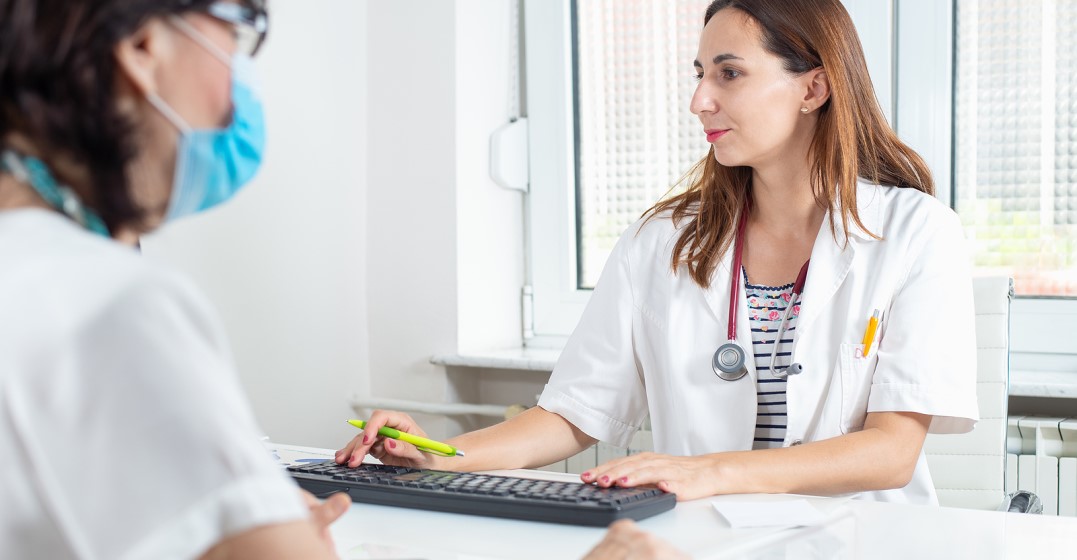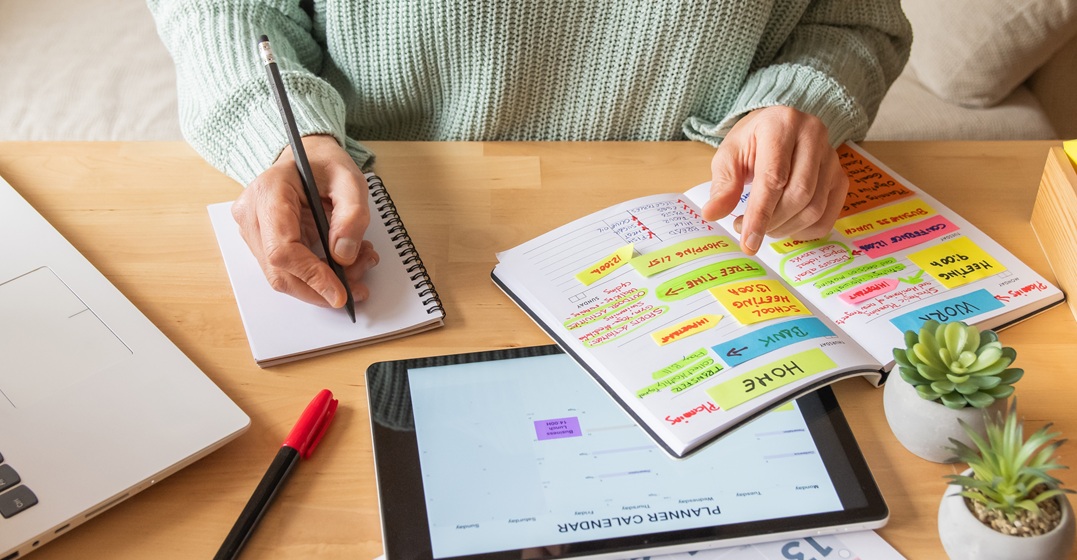Going to the doctor in Spanish

Going to the doctor is a stressful experience in and of itself. Doing it abroad? Even worse.
But trying to speak to a doctor or receptionist who isn’t fluent in English and can’t really understand your problem? Awful. That’s why you’ll want to have a basic grasp of health and doctor visit vocabulary in Spanish, just in case you need it (hopefully, you won’t ever!).
How do you speak Spanish at the doctor, then? Let’s take a look at our list. Make sure you practice this vocabulary out loud with a friend before you ever have to use it in real life. Your appointment will work out better if you know what to say before things take a wrong turn! Of course, culture and context also matter when visiting a doctor in a Spanish-speaking country, so make sure you get informed about local customs and expectations.
1. How to book a doctor's appointment in Spanish
The keyword here is cita (appointment). Here are some things you can say on the phone when you want to book your visit to the doctor in a Spanish-speaking country:
Some time expressions come in handy here. For example, you might want your appointment to take place…
2. Talking to the receptionist in Spanish
So you’ve managed to book your appointment and show up at the doctor’s office. Now you’re ready to introduce your issue and explain why you came to see Dr. García! Here are some expressions you might hear from the receptionist:
As for your side of the story, use these expressions to help the conversation run smoothly:
3. Talking about your symptoms in Spanish
Talking about how you feel in Spanish is quite easy, once you get the hang of basic words that can easily adapt from case to case. For example, the word for “pain” in Spanish (including the article) is el dolor. We also know that the verb “to hurt” (as in, to have pain) is doler. From here, you can explain the following:
See? It’s actually quite logical and easy to put together! As for other common problems, you can use this short list as a reference:
Sometimes it’s not so much about the symptoms, but rather special conditions you must tell your doctor. For example, if you’re pregnant, you should say “Estoy embarazada”. If you’re allergic to something, you should use the expression “Soy alérgico(a) a…”. For instance, you can say “Soy alérgica a la penicilina” (I’m allergic to penicillin) or “Soy alérgico a este medicamento.” (I’m allergic to this medicine).
Guide to being sick in a foreign country
4. Understanding your doctor’s questions
If you’re going to have a conversation with your doctor, you must understand what kind of questions he might ask about your situation and symptoms. Let’s look at a common few:
Remember, the doctor is likely to address you formally. That’s why you’ll notice all verbs are conjugated a little differently than what you might encounter in casual conversations.
Latin America vs. Spain: 4 major differences in Spanish grammar
5. Understanding solutions given by your doctor
Depending on your problem, Dr. García is ready to send you your way with some practical suggestions! Here are some of them:
Depending on the Spanish-speaking country, the word medicina might be used interchangeably with the word medicamento for “medicine”.
Are you ready to go and see a Spanish doctor?
What is it they say in Spanish? Más vale prevenir que lamentar: literally, “it’s worthier to prevent than to be sorry”. And we agree! So before you feel the need to visit a doctor in your favourite Spanish-speaking country, give these phrases a go and see how you feel.













